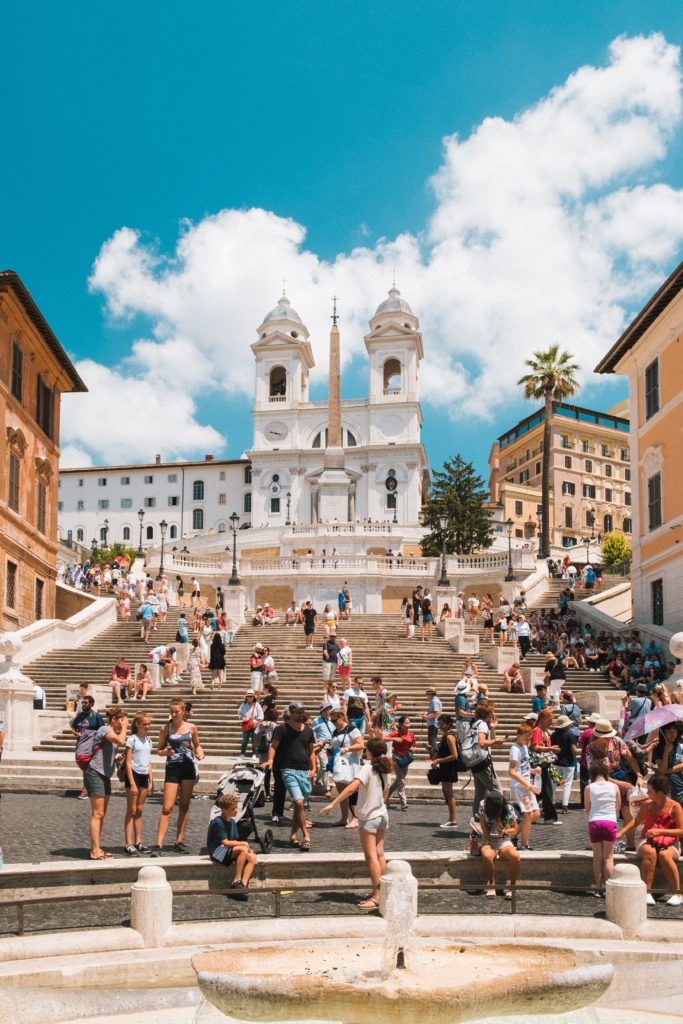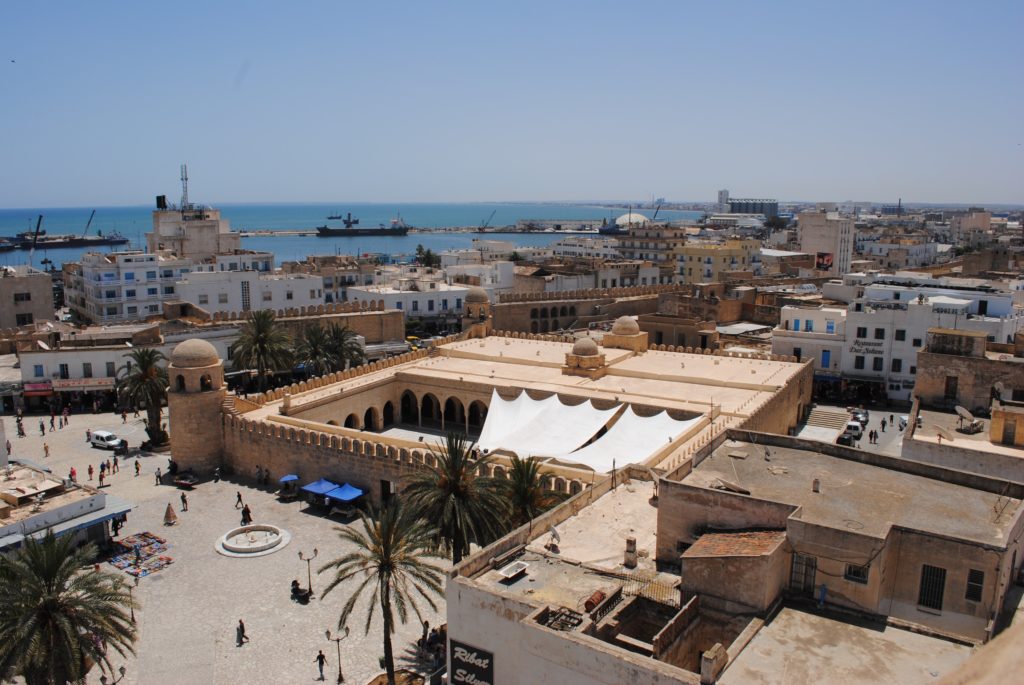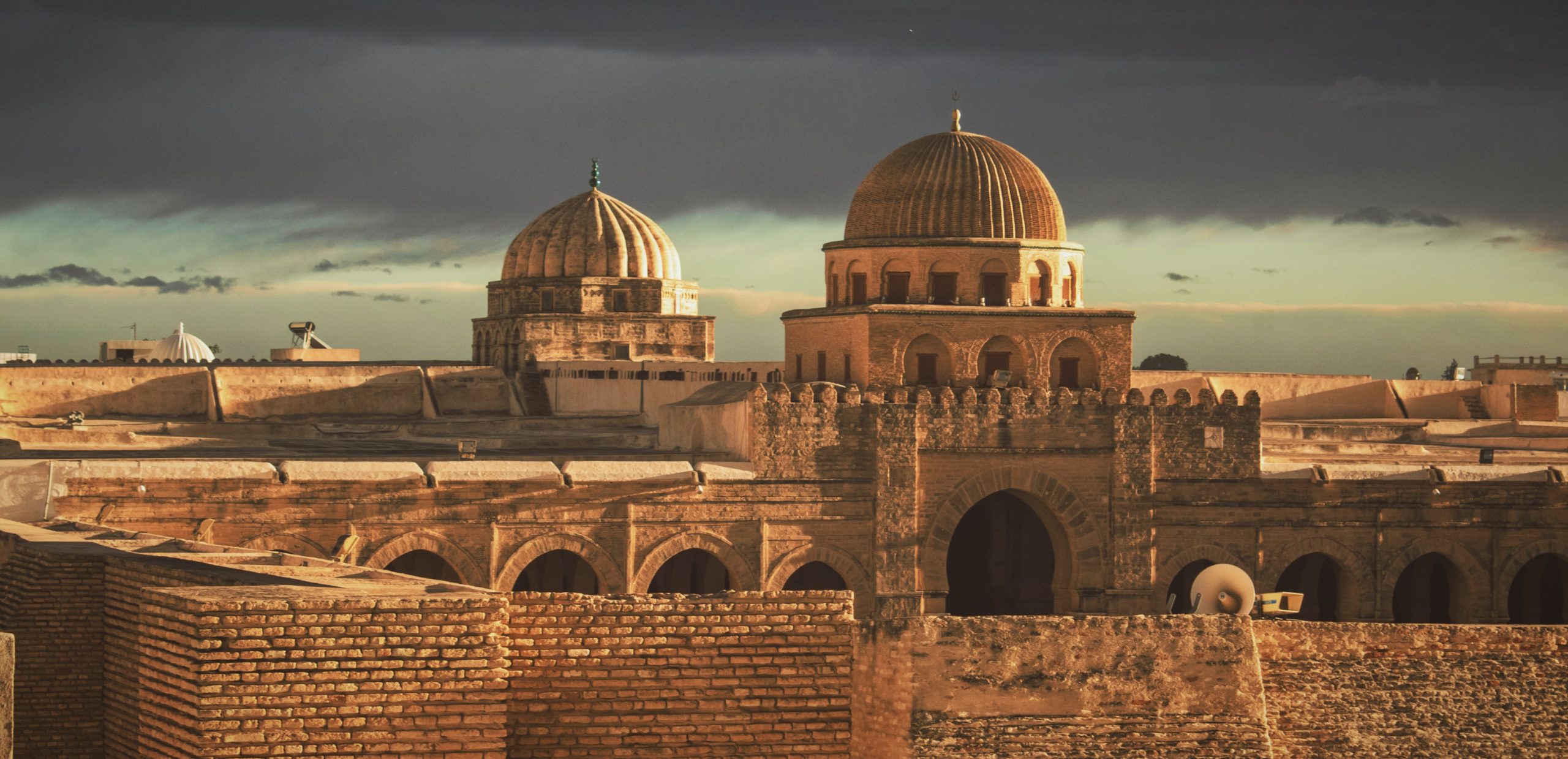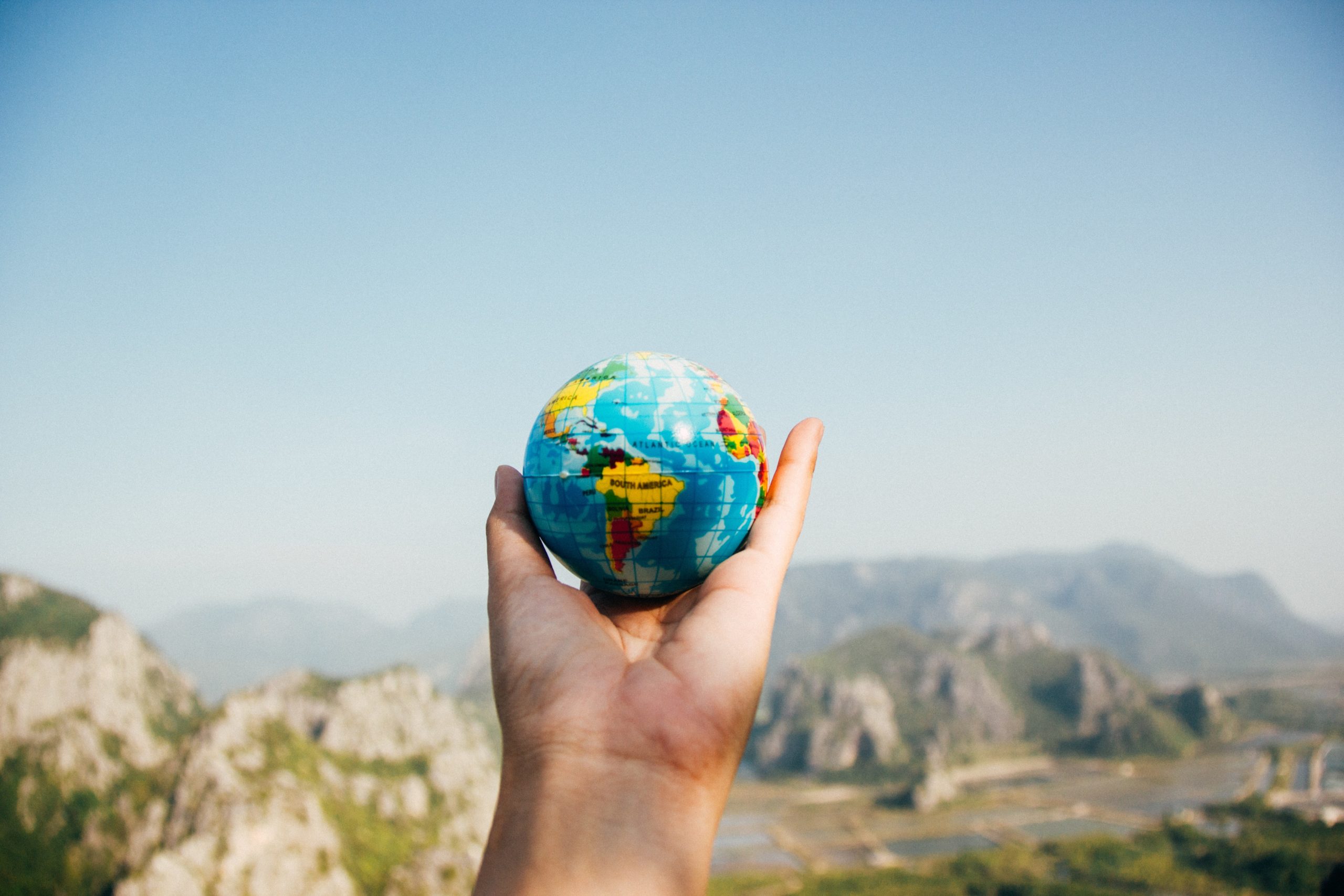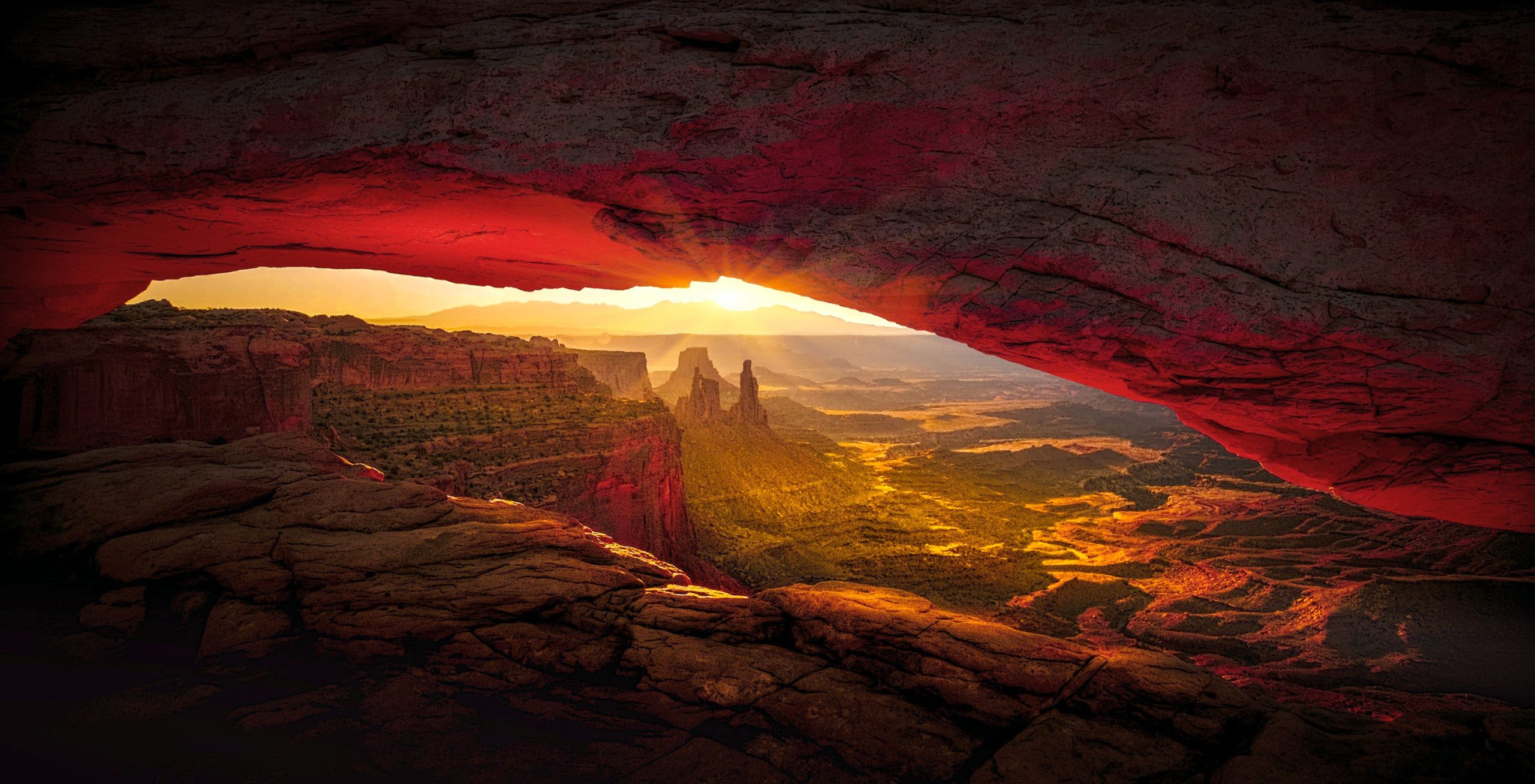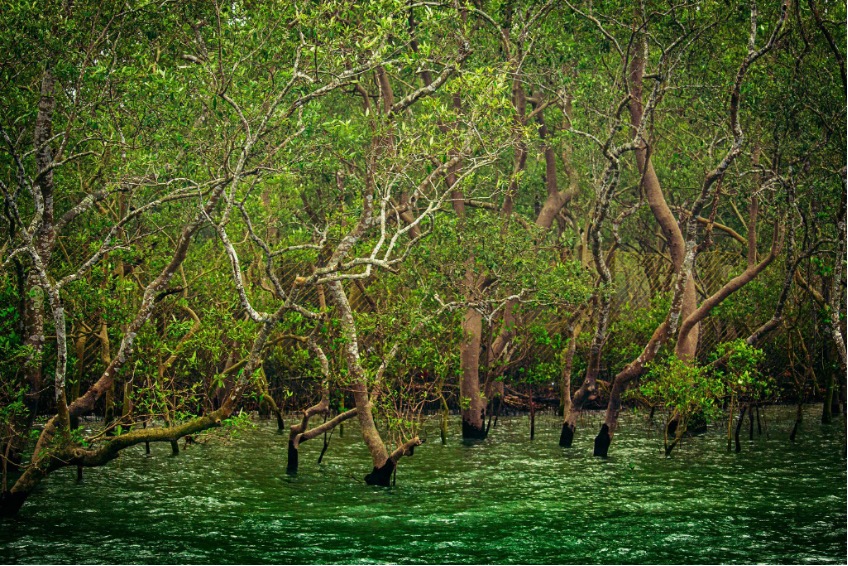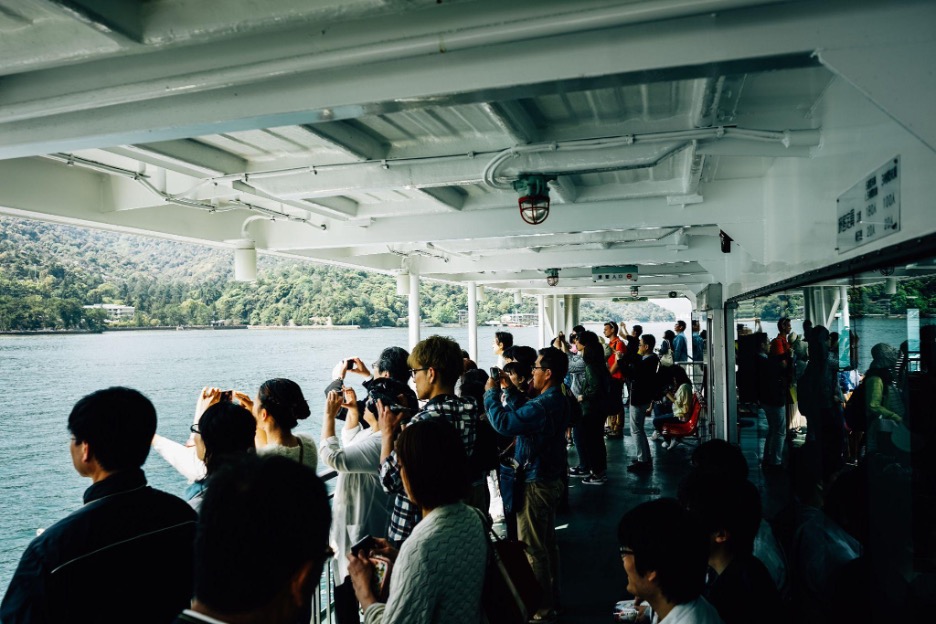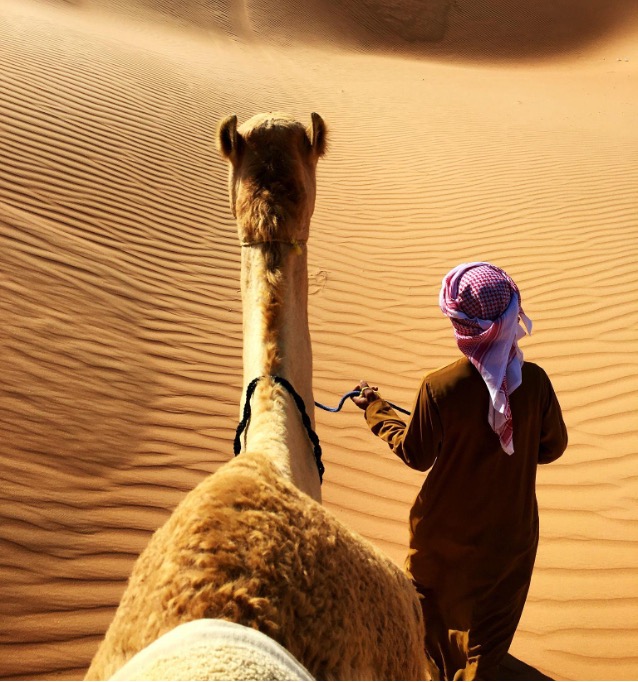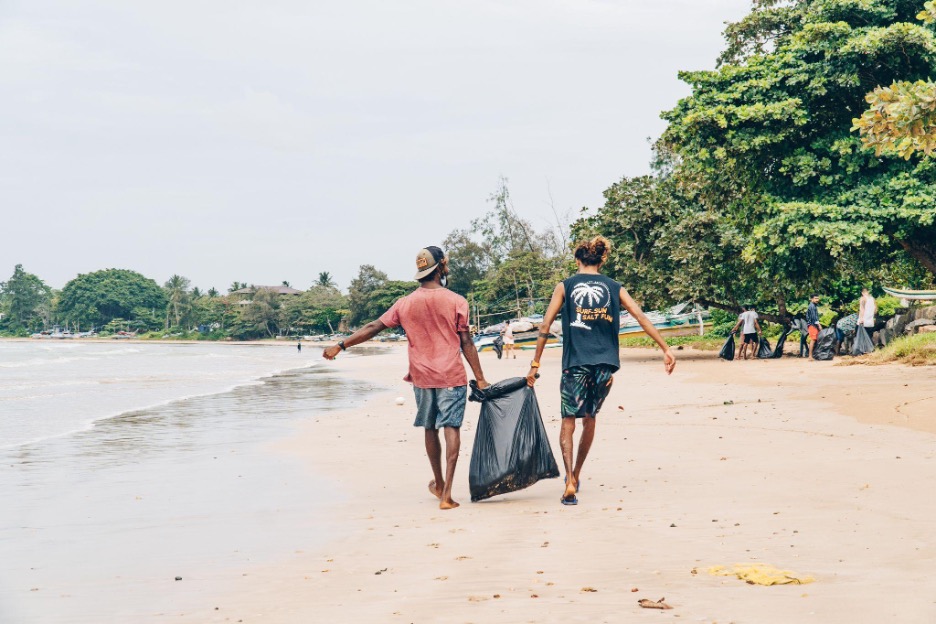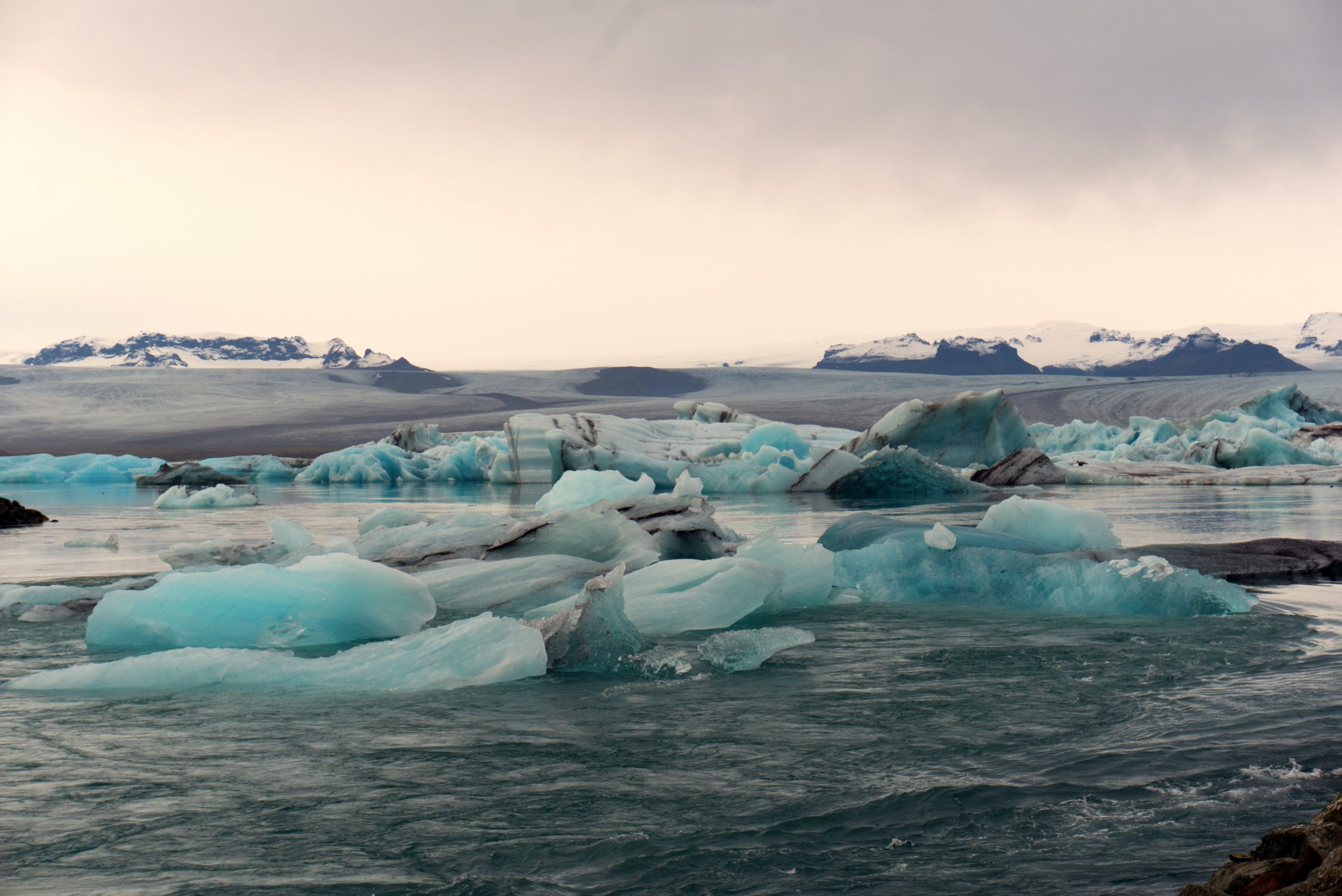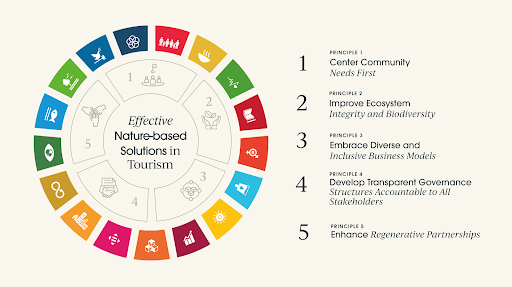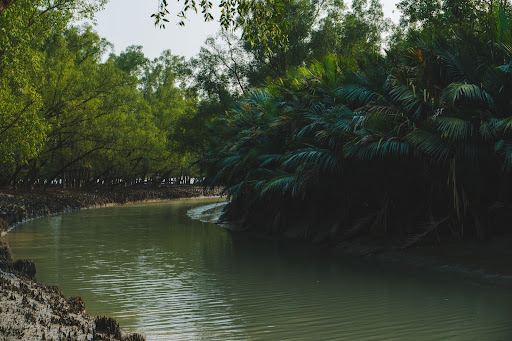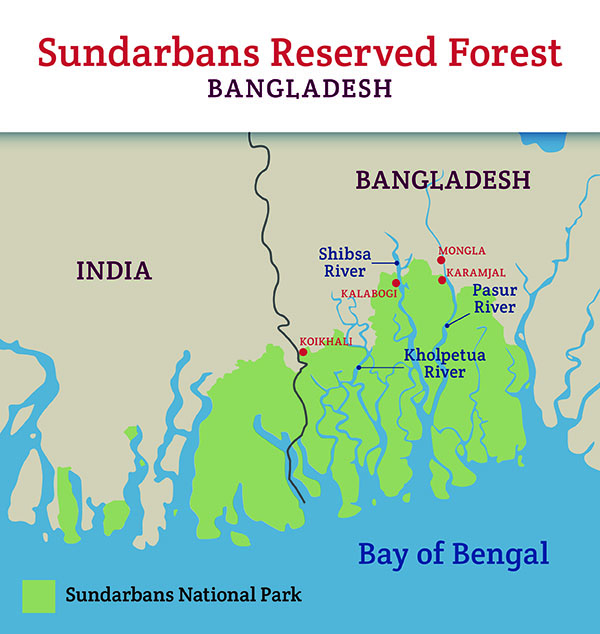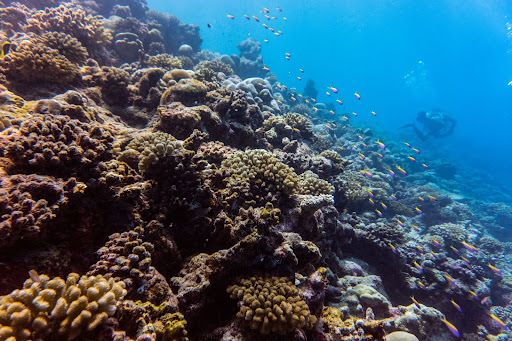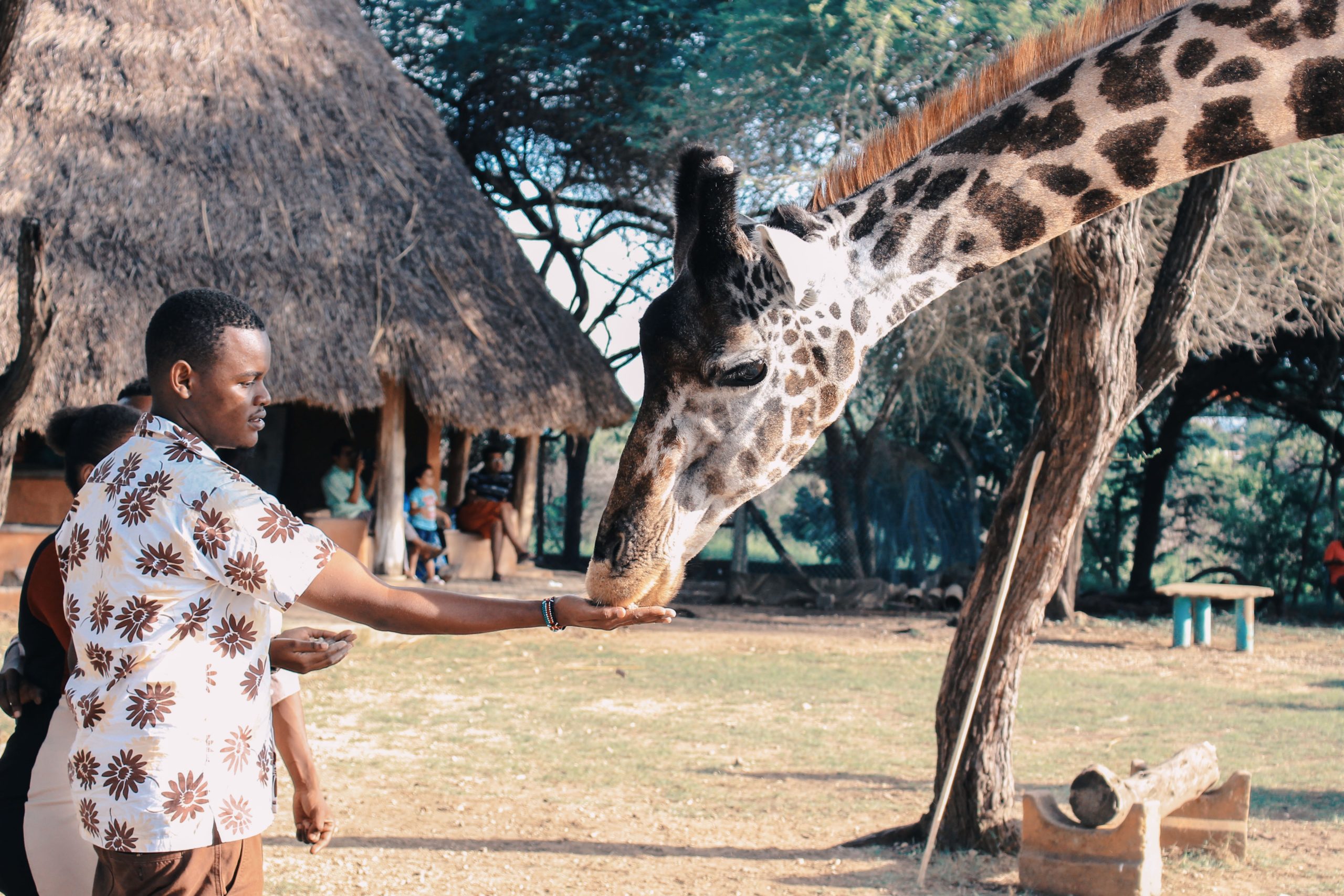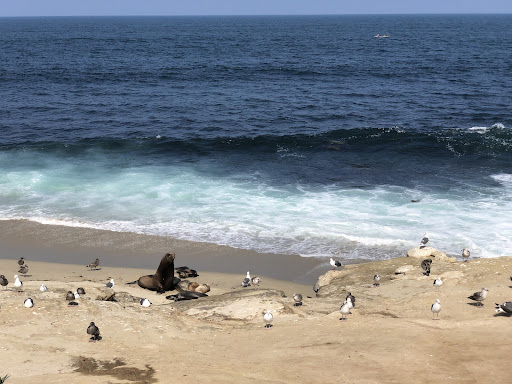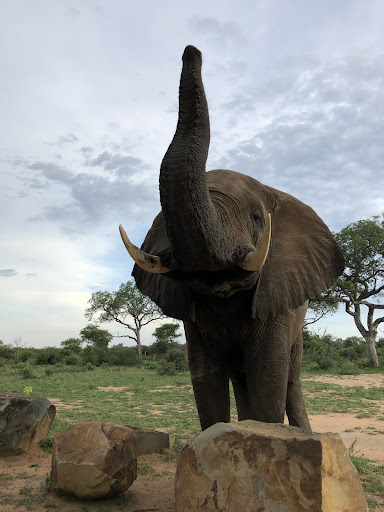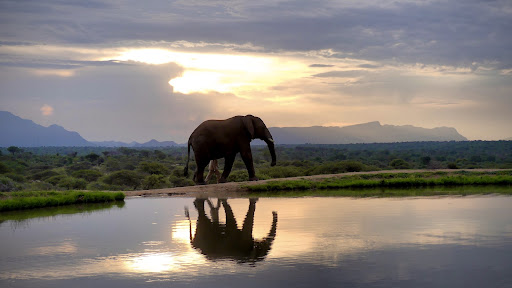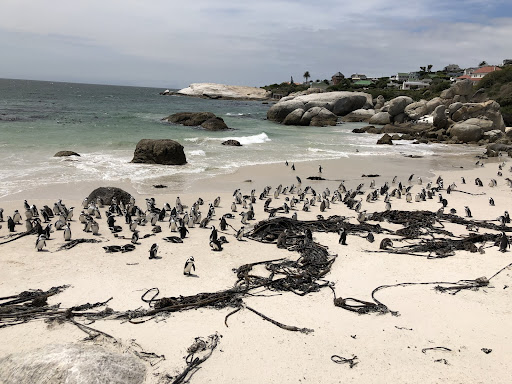Solimar International is pleased to announce our Fall 2022 Travel Writing and Tourism Development Internship Cohort! This semester’s cohort is comprised of 14 inspired individuals with a common interest in sustainable development and tourism. As you will see, each intern has a unique background and experiences that will be highly beneficial to our work. We hope to equip these interns with the knowledge and skills they need to become industry leaders by providing them with hands-on experience in several of our current projects and actively participating in the vision and mission of Solimar International. Without further ado, this fall’s outstanding class of our tourism development internship!
Meet the Current Tourism Development Internship Cohort:

Ellison Fellers
Ellison holds a BS in Sustainability in Business from Ohio State University and is currently enrolled at the University of Copenhagen, obtaining her MSc in Global Development. Ellison comes with experience working for a US-based NGO within the field of public health, leading volunteer trips to Argentina, Tanzania, Indonesia, India, and Kenya. Ellison currently works within the tourism sector on a development and innovation team striving to promote more sustainable and inclusive tourism experiences. As an avid traveler, her thirst for exploring every pocket of the planet continues to fuel her adventures abroad. She’s hoping to continue to combine her passions by exploring the intersection of tourism and development through regenerative and community-based applications.
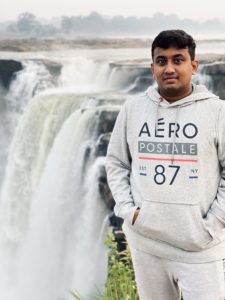
Lalith Chowdary Kankanala
I am a master’s student in Hospitality and Tourism Management from the Manipal Academy of Higher Education in India. I am currently enrolled at Sustainability Management School in Switzerland, pursuing a Dual CAS in Sustainable Hospitality and Tourism Management. I have experience organizing trips, particularly in the sustainable tourism sector, where I emphasize the importance of sustainability and help people understand why it is so important. I hope to gain more experience in gastronomy tourism and project management through this internship at Solimar International.
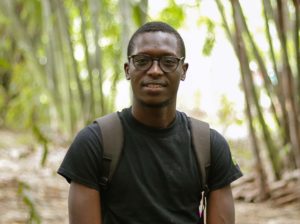
Lassana Ndiaye
Lassana Ndiaye is a senior at the African Leadership University in Kigali, where she studies Global Challenges Studies with a focus on Wildlife Conservation and Environmental Related Studies. His passion for environmental and wildlife conservation began during the fall semester of 2019 when he had the opportunity to study abroad in Rwanda. During his internship with Maliasili, he learned how wildlife management affects indigenous communities. He worked as an intern in Climate resilience and Anticipatory Action Early Warming (AA) with the United Nations Food and Agriculture Organization ( FAO). Lassana is fluent in English and French. Lassana hopes to pursue a career in climate resilience and write a policy for a government agency due to her international experience. When he is not reading about current events around the world related to disasters caused by global warming, he enjoys basketball, football, and morning running.

Grace Jaworski
Grace is a third-year student at The Ohio State University working towards her bachelor’s in Environment, Economy, Development, and Sustainability, specializing in Business and Sustainability and a minor in photography. After spending the spring collaborating with university leaders on projects focused on energy consumption, Grace decided to shift gears and pursue her passions for photography and sustainable travel more directly. This internship at Solimar International has already shown her how a love for photography can be connected with marketing sustainable travel, and Grace is excited to connect with others who have similar passions!
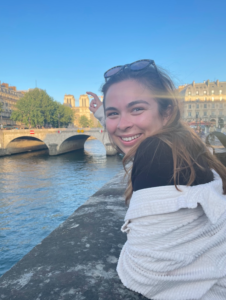
Eileen Dinn
Eileen Dinn is currently a senior at the College of William & Mary in historic Williamsburg, VA where she studies Government and Integrative Conservation. She has a variety of work experience but, most notably, was recently co-leading the development of an administrative proposal regarding future strategic planning for James Monroe’s former property, Highland, located in Albemarle, VA. Through this project, Eileen could dive deeper into the concept of sustainable tourism and incorporate those principles into the proposal. She is enthusiastic about traveling and learning more about the world around her and always strives to find solutions to the world’s most pressing problems.
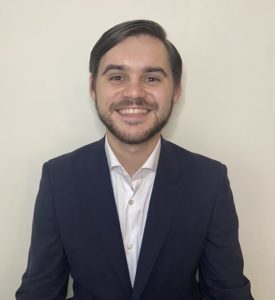
Tom Hinkel
Tom Hinkel holds a bachelor’s degree in Political Science and is currently a graduate student at American University’s School of International Service. He has professional experience in both sustainable development and conservation as well as in the government SaaS industry. His undergraduate professional experience gave him knowledge of various conservation efforts, such as protecting the Okavango Delta in Namibia. He is also an avid researcher with academic interests in Europe, Eurasia, and sub-Saharan Africa. With these interests, he has beneficial knowledge of the political context of numerous regions.
Tom studied abroad in Berlin and utilized this opportunity to travel throughout Europe. He was fascinated by the local Catalonian government’s actions toward establishing sustainable tourism practices in Park Güell. During his internship, Tom is excited at the opportunity to further his understanding of sustainable tourism development and how the sector interacts with national governments.

Noelle Faiza
As a child, Noelle’s annual trips to visit her family in Tunisia during US school breaks planted a seed that evolved into a passion for travel. Her dual nationality made her curious about the world’s diverse cultures and political systems. At 16, she moved to the city of Mostar in Bosnia and Herzegovina, where she lived for two years as a United World College (UWC) Davis Scholar. The UWC mission of making education a force to build bridges has become a lifelong philosophy for Noelle, which she applies to many areas of her life. In line with this ethos, she believes travel is one of the most engaging forms of education possible. This past summer, she was awarded the National Security Language Institute for Youth Scholarship to study Arabic in Amman, Jordan, for six weeks. Aside from academic travel experiences, Noelle has backpacked through Montenegro and Croatia, biked 250 kilometers through Bosnia and Herzegovina, and explored the Côte d’Azur via public transportation. Through every experience, she seeks to learn from the people who live in the places she visits to understand the location in a multi-faceted way.

Madison Tomaso
Madison Tomaso is currently taking a gap year and plans to study Political Science. She is from Pine Knoll Shores, North Carolina. She is passionate about preserving cultural heritage, traveling, and studying foreign languages. As an experienced traveler, she is interested in learning about sustainable tourism. Madison is thrilled to have the opportunity to intern with Solimar International to expand her knowledge. She is excited to bring her skills to Solimar to help benefit the communities along the Lewis and Clark National Historic Trail.
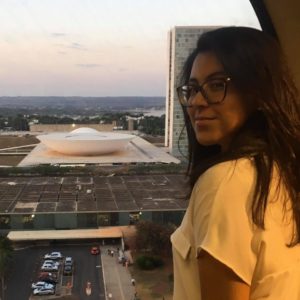
Mavi Wilches
From an early age, Mavi was able to adapt to a nomadic lifestyle from the moment she left Colombia, where she was born, and as she moved from the United States to Brazil, Switzerland, and the Netherlands. She recalls this lifestyle was a life-changing experience, without a doubt, but it was only years later that she truly realized its long-lasting impact. The academic and personal experiences she has gained by transiting through these cultures has allowed her to develop soft skills based on empathy, respect, and appreciation for diversity. As a result, these lessons on multiculturalism, cross-cultural skills, and multilingualism have awakened in her interest in combining development goals with the sustainable tourism paradigm in an attempt to advance social inclusion, community empowerment, and gender equality. She believes this is precisely where Solimar’s Fall Virtual Internship Program fits in!
Mavi looks forward to learning from destination management planning as she assists in simultaneous projects taking place in Tunisia, the Congo, and Timor-Leste, among others. Her goal is to use this experience to decide the next steps, as she just graduated from Fundação Getulio Vargas in São Paulo, Brazil, and now holds a bachelor’s degree in Public Administration.
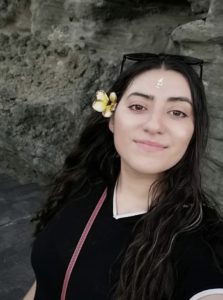
Kat Orellana
Kat holds a BS in Biology and Environmental Science from Duke University and is pursuing a Master’s of Environmental Science and Management (MESM) at the University of California Santa Barbara’s Bren School of the Environment. Kat has worked on conservation initiatives through National Geographic’s Big Cats Week and Saving Nature’s Corridor Reforestation Projects. Through her time spent living, working, and backpacking abroad, she witnessed the impacts travel can have on terrestrial and marine ecosystems, as well as its effects on the surrounding communities. Her experiences have instilled a love of travel and an urgency to protect our world’s wild places. Kat is motivated to increase benefits for both biodiversity and local communities through tourism and is excited to join Solimar International’s tourism development internship cohort to create a larger space for sustainability and responsible tourism within the travel industry.

Marissa Volkman
Marissa’s interest in global affairs began in high school when she had the chance to meet with representatives of the United Nations to discuss unemployment in the European Union. She went on to study at Colgate University in order to take advantage of the school’s ample study-abroad opportunities. As an undergraduate, she majored in English and double minored in philosophy and writing/rhetoric, choosing courses highlighting international perspectives. Outside of the classroom, she edited her school newspaper and pursued extra-curricular opportunities in linguistics to fulfill her ardor for cultural exploration. After completing her B.A. in May 2021, Marissa earned a TEFL certification and began teaching English online. In February 2022, she traveled to Germany to intern at a non-profit, where she worked to highlight locals’ cross-national social histories while fostering community engagement. Her internship demonstrated how tourism could be used to reinvigorate a small town and shifted Marissa’s career goals back towards her passion for international affairs, now focusing on the tourism sector. As an avid backpacker whose zeal for preserving linguistic and cultural diversity directs her travels, Marissa is thrilled to be breaking into the sustainable tourism industry by joining Solimar’s tourism development internship. She is dedicated to using her time here to ensure tourism enriches both travelers and developing touristic communities around the world.

Catherine Padgett
Cat has just completed her master’s degree in Food Security from the University of Edinburgh. As part of this master’s, she completed a dissertation on the intersections of food security and mangrove conservation efforts in Bangladesh’s Sundarban Delta. Solimar was a project partner in this research, providing local connections and project supervision. Through this research opportunity, Cat could travel to Dacope, a sub-district of Bangladesh’s Khulna district, to conduct in-person fieldwork. Here, she worked with one of Solimar’s Bangladesh project partners: Bangladesh Environment and Development Society, a local NGO. This opportunity cemented her drive to pursue research as a career path, supporting projects that center on smallholder livelihood development, local perspectives, and community-based initiatives for the world’s most vulnerable populations.
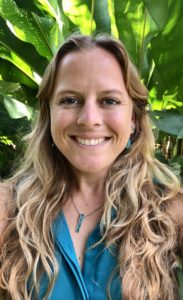
Megan O’Beirne
Megan is passionate about sustainable development, regenerative travel, and environmental education. For the past five years, she has worked as a sustainability professional in the luxury hospitality industry, first in Laamu Atoll, Maldives, and then in Cartagena, Colombia. She has bachelor’s degrees in Environmental Studies and Global Studies from the University of California Santa Barbara. She is currently working on a dual master’s degree in International Affairs, Natural Resources, and Sustainable Development from American University in Washington, DC, and the United Nations University for Peace in Costa Rica. She will be working on Solimar’s Climate Adaptation Project in the Maldives, which aims to incentivize the private sector to invest in nature-based solutions. Megan is an avid bike commuter, scuba diver, nature photographer, and international cook/eater.
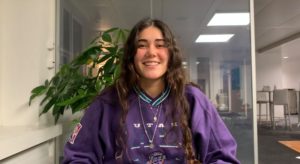
Anaïs Prado Cornaro
Anaïs grew up in Switzerland but coming from a multicultural background, as her parents had both grown up in various countries, she has a passion and curiosity to explore and get to know new cultures and ways of life. From a young age, she has been drawn to nature and its preservation. Hence she plans to study Environmental Engineering at ETH Zurich. While traveling, she has seen many of the wrong sides of tourism and is immensely interested in Solimar’s work incorporating the local communities. Grateful for being a part of the Tunisia project, she hopes to gain clarity on some of the central issues and how Solimar solves them.
Want to learn more about Solimar International’s tourism development internship? Read more and apply for our Spring 2023 internship program here.
Blog by: Lassana Ndiaye
